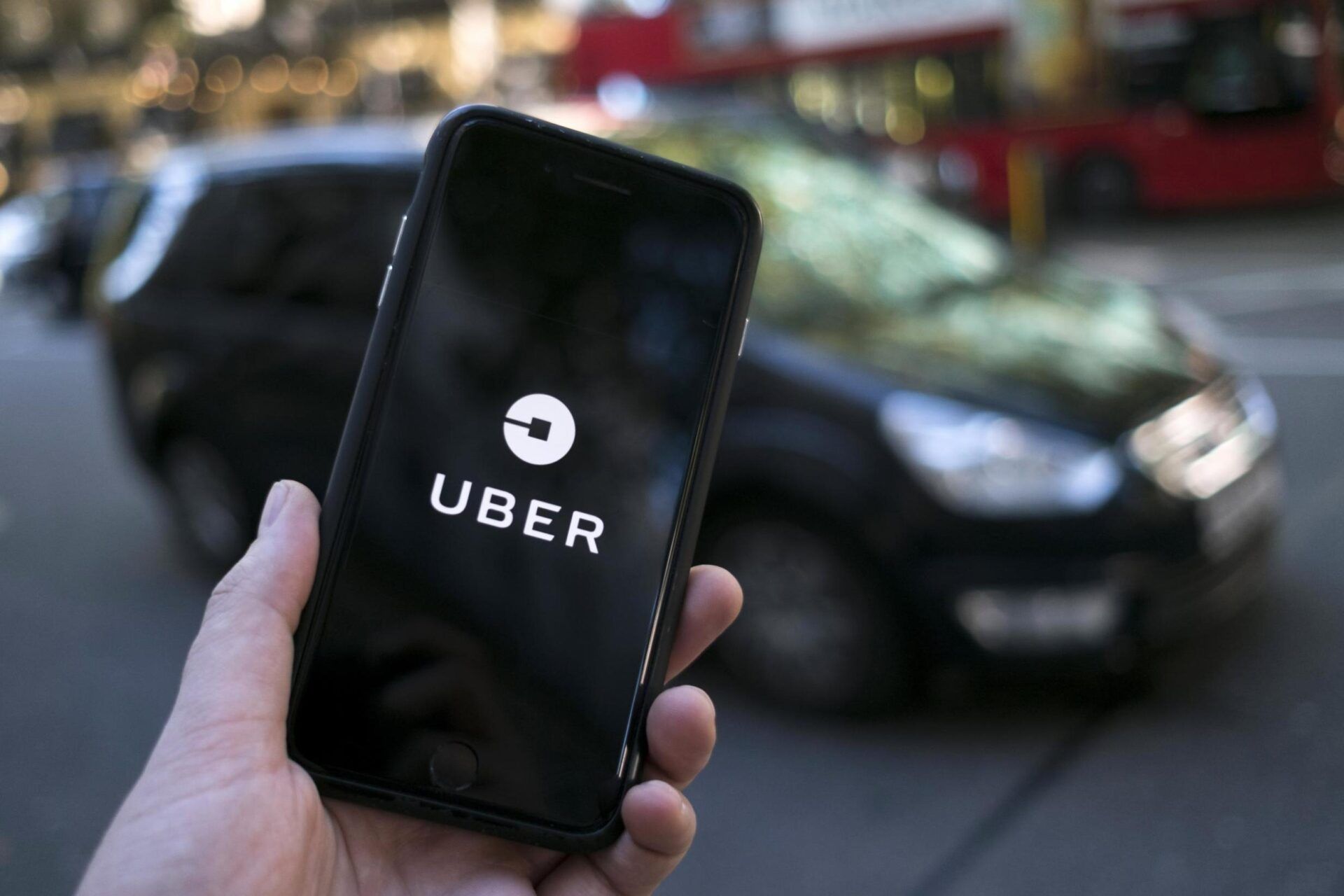
Uber has raised its base fare in Kenya by 10% following a wave of driver strikes, aiming to quell the discontent among its workforce. The move sees the minimum fare rise to KES 220 ($1.71) and introduces a new priority service, charging an additional KES 110 ($0.85) for quicker pick-up times. However, this increase has done little to appease drivers, who argue that the new rates still fall short of covering the escalating operational costs they face.
Background: Driver Strikes and Demands
The tension between Uber and its drivers in Kenya escalated in mid-July 2024, when drivers staged a strike demanding a base fare of KES 300 ($2.33) and a review of the stringent account suspension policies. Frustrated by the lack of response from Uber and other ride-hailing platforms, drivers began setting their rates and operating independently, refusing to accept rides through the apps unless they met their demands.
In response to the ongoing pressure, Uber announced a fare adjustment, emphasizing that the increase was designed to balance driver earnings with rider affordability. “Uber has made these pricing updates to ensure that drivers continue to have the opportunity to maximize their earnings while driving on the Uber app and at the same time, remaining at an affordable price point for riders,” said Imran Manji, Uber’s Head of East Africa, in a statement.
Driver Reactions and Continuing Discontent
Despite the fare hike, many drivers remain dissatisfied. Zakaria Mwangi, Secretary General of the Ridehail Transport Association (RTA), criticized the increase as “insignificant,” arguing that it barely addresses the drivers’ concerns. “We don’t really feel it. We made our demands clear that we want at least KES 300 as the base fare among other demands,” Mwangi told TechCabal. “They’ve not gotten to 10% of our demands. We will be back at it again.”
The drivers’ dissatisfaction stems from the rising costs of vehicle maintenance, fuel, and other operational expenses, which they claim are not adequately reflected in the current fare structure. Many drivers feel that the marginal increase will not meaningfully impact their ability to cover these costs and earn a sustainable income.
Uber’s Strategy and Industry Response
In addition to the fare increase, Uber has introduced several initiatives aimed at supporting its drivers, including cash bonuses for top-performing partners and partnerships with vehicle maintenance companies to help reduce operational costs. Uber has also committed to increasing investments in customer promotions to keep rides affordable, hoping to maintain a competitive edge in the market.
However, the ride-hailing industry in Kenya remains in flux. Competing platforms like Bolt, Faras, and Yego have yet to announce any fare adjustments, despite meeting with drivers on August 13, 2024, to discuss potential changes. The outcomes of these meetings and the subsequent actions of these companies will likely influence the broader dynamics of the ride-hailing sector in Kenya.
Looking Ahead
As tensions between ride-hailing platforms and their drivers continue, it remains to be seen whether the recent fare increase will be sufficient to prevent further strikes and disruptions. With drivers still pushing for higher base fares and better working conditions, Uber and its competitors may need to make additional concessions to maintain a stable and satisfied workforce.
